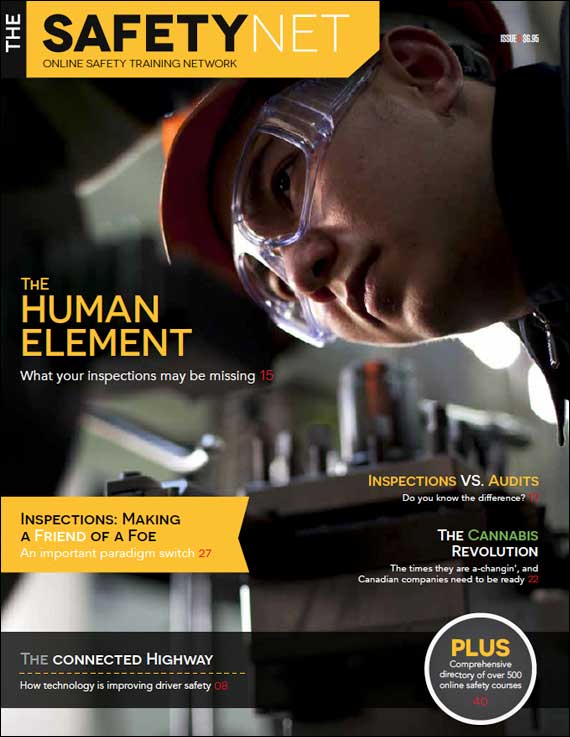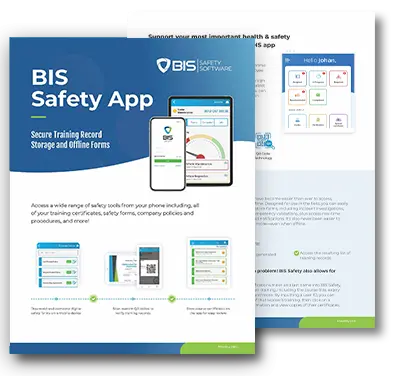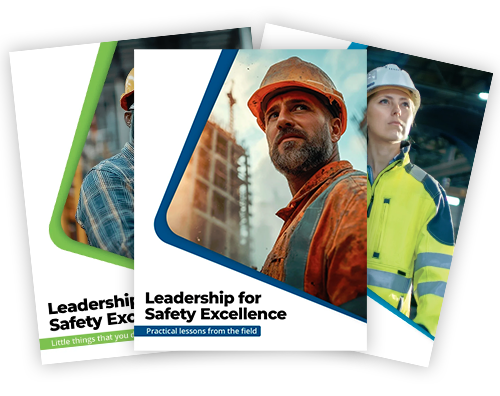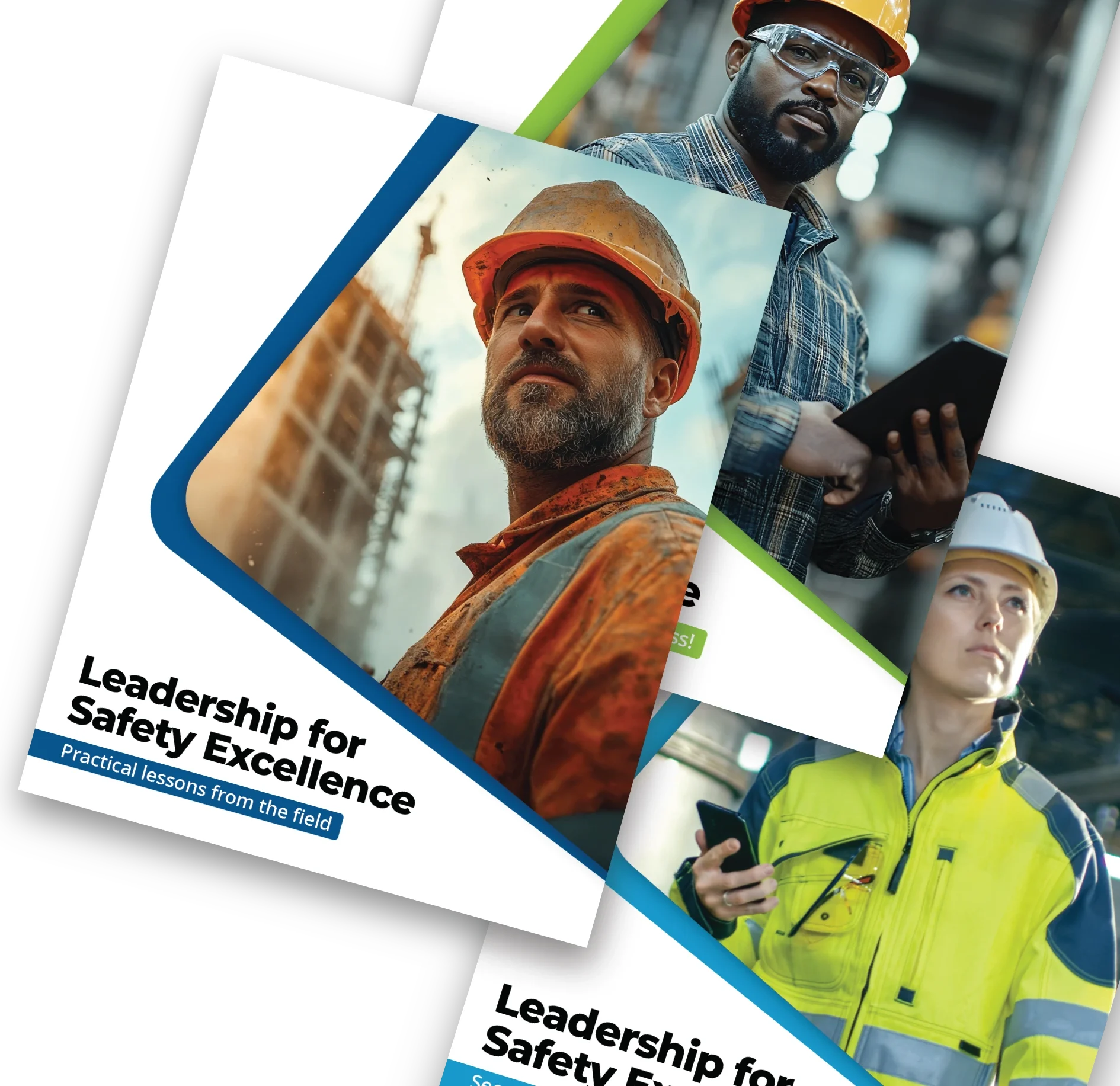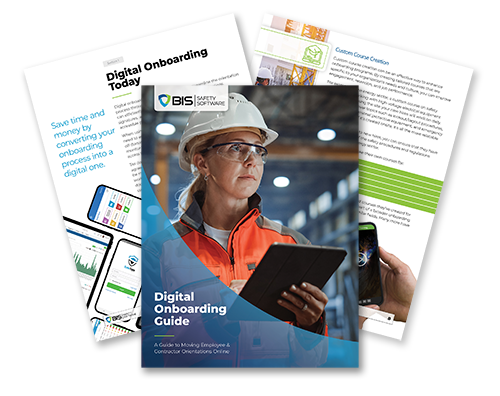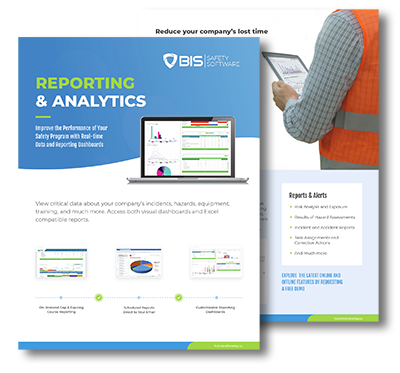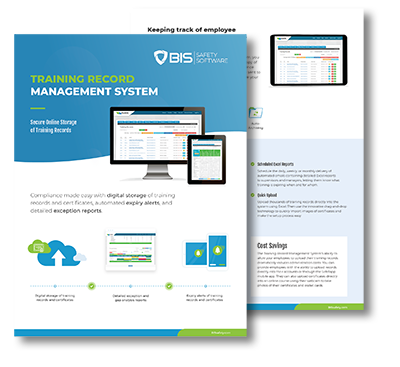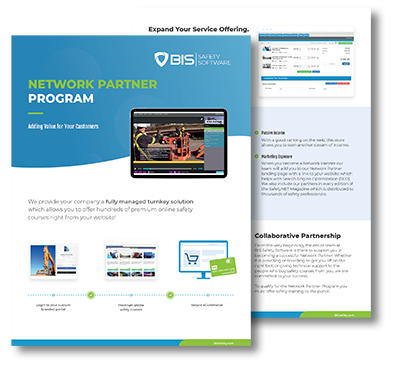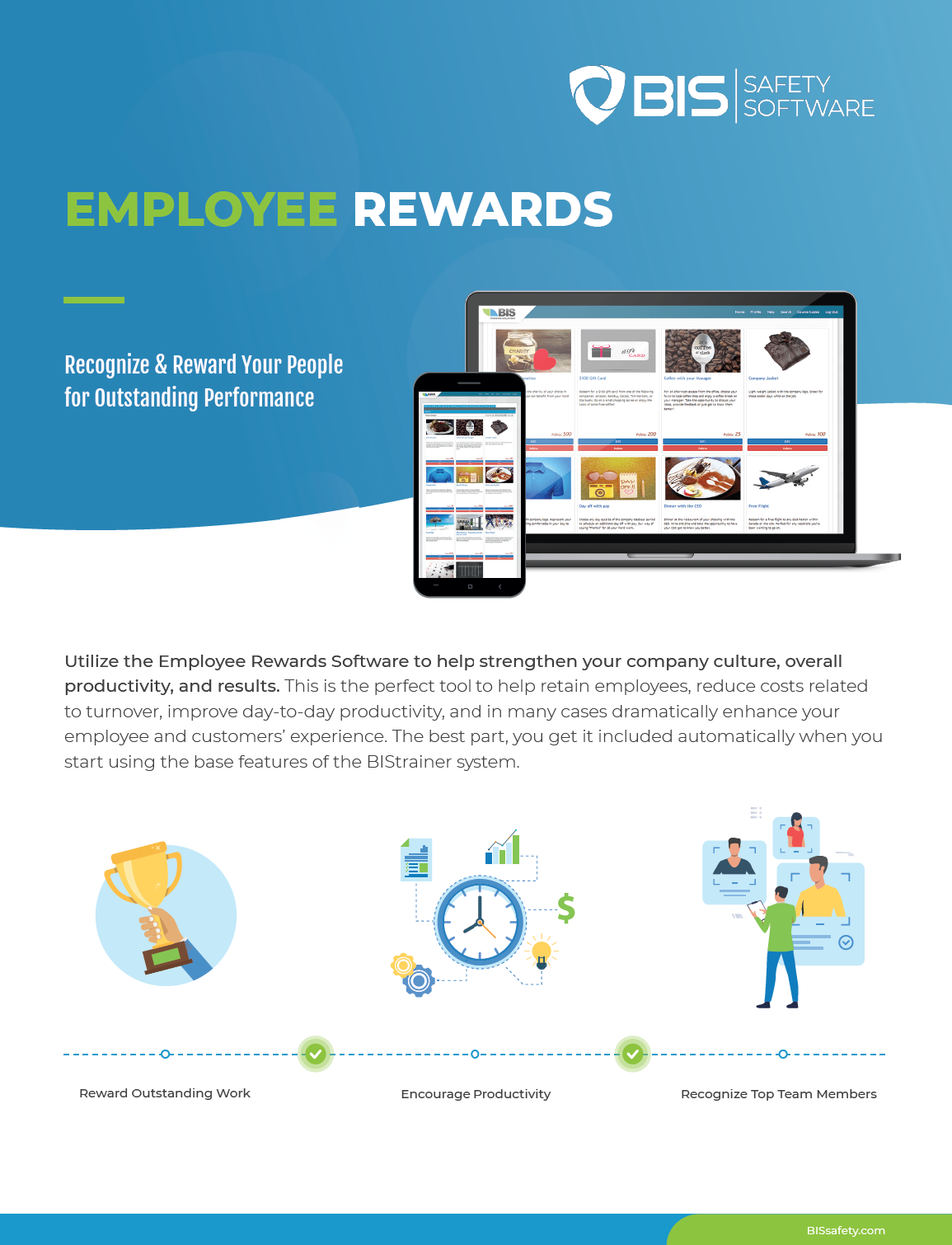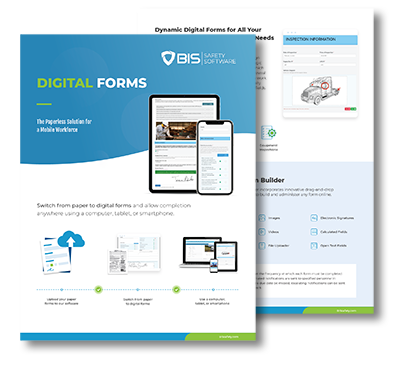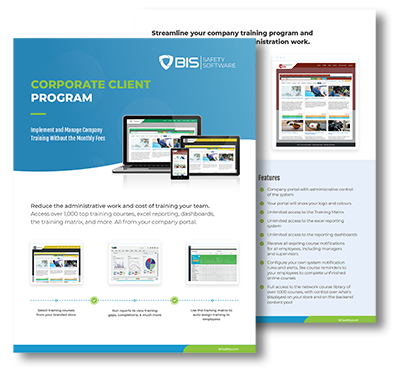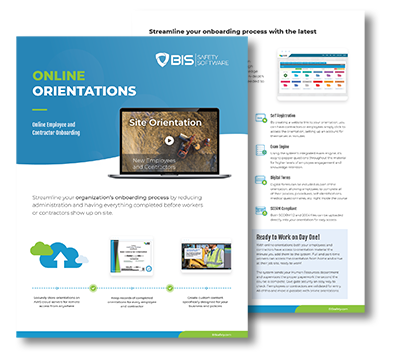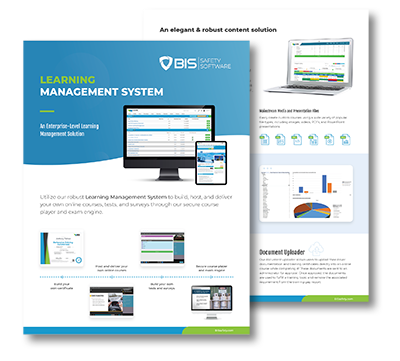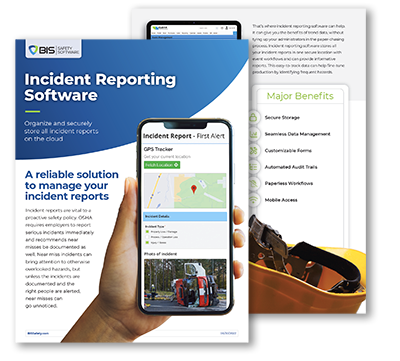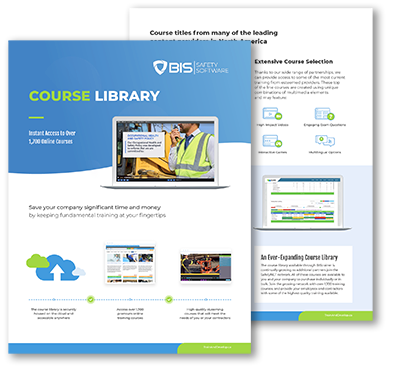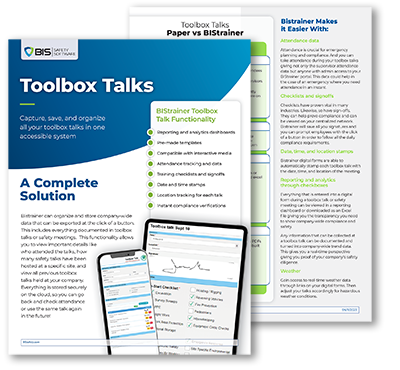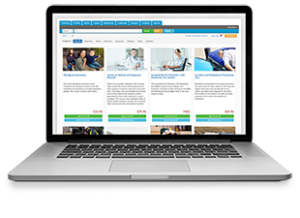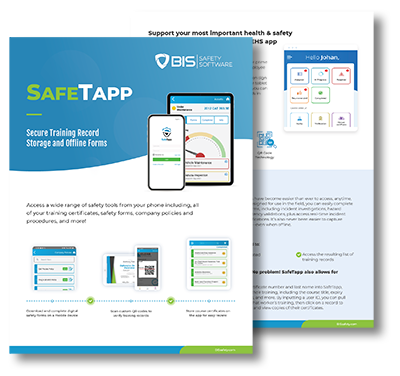Emerging Trends in EHS Compliance Management: Navigating the Future
Table Of Contents:
- Embracing Digital Transformation in EHS Compliance Management
- Adapting to Changing Regulatory Requirements
- Adapting to Changing Regulatory Requirements
- Prioritizing Employee Health and Well-Being
- Advancing Sustainability Through EHS Compliance
- Leveraging AI and Machine Learning in Compliance
- Enhancing Risk Management and Incident Prevention
- Enhancing Risk Management and Incident Prevention
- Conclusion
Are your policies keeping pace with the rapidly evolving landscape of EHS compliance management? Many organizations struggle to stay compliant amid new regulations, especially as remote work and sustainability initiatives like renewable energy and recycling gain prominence. This article will explore key trends such as adapting to changing regulatory requirements and leveraging AI for incident prevention in occupational safety and health. By understanding these trends, you will enhance your compliance strategies and better protect your workforce, addressing persistent challenges in the EHS sector.
Embracing Digital Transformation in EHS Compliance Management

Implementing cloud-based compliance solutions allows us to enhance quality management and ensure equitable practices in EHS. By utilizing data analytics for real-time monitoring, we can improve decision-making and leadership in compliance efforts. Additionally, integrating IoT devices significantly boosts safety measures, minimizing carbon footprints while fostering innovation in our approaches. Each of these aspects plays a critical role in navigating the future of EHS compliance management.
Implementing Cloud-Based Compliance Solutions
Implementing cloud-based compliance solutions is essential for embracing digital transformation within EHS management. These systems facilitate better risk assessment and ensure that regulations align with our commitment to environmental justice. By adopting these technologies, We can better support employees in maintaining consistent compliance and enhance overall operational efficiency.
- Utilization of cloud-based solutions for real-time compliance tracking.
- Enhanced risk assessment capabilities integrated into our processes.
- Support for employees in understanding and adhering to EHS regulations.
- Commitment to promoting environmental justice through technology.
- Streamlined data management that simplifies compliance reporting.
Utilizing Data Analytics for Real-Time Monitoring
Utilizing data analytics for real-time monitoring is a critical strategy for enhancing workplace safety and compliance. As a safety manager, We have witnessed firsthand how data-driven insights can significantly reduce the risk of injuries by allowing for proactive safety measures tailored to specific operational environments. By continuously analyzing energy consumption and monitoring adherence to evolving legislation, We can improve productivity and help ensure that our compliance efforts not only meet regulatory demands but also foster a safer workplace for all employees.
Integrating IoT Devices for Enhanced Safety
Integrating IoT devices into our EHS compliance management enhances safety by enabling real-time monitoring and immediate response to potential hazards. For instance, smart sensors can detect hazardous conditions and trigger alerts, allowing for swift inspection and preventive maintenance, which ultimately fosters a culture of proactive safety within the organization. This integration supports not just compliance with regulations but also strengthens our commitment to environmental protection and occupational health, ensuring a safer workplace for everyone.
- Real-time monitoring through IoT devices.
- Immediate alerts for hazardous conditions.
- Supports preventive maintenance efforts.
- Fosters a culture of proactive safety.
- Enhances commitment to environmental protection and occupational health.
Adapting to Changing Regulatory Requirements

Adapting to Changing Regulatory Requirements
As we navigate the evolving landscape of EHS compliance management, staying informed about new environmental laws is paramount. Understanding strategies for global compliance management ensures we address waste and hazard management efficiently. Anticipating increased regulatory scrutiny enables us to align our practices with corporate social responsibility and promote green chemistry in our operations.
Keeping Up With New Environmental Laws
Keeping up with new environmental laws is crucial in today’s rapidly changing regulatory landscape. Our experience in EHS compliance management has shown me that a proactive approach not only ensures governance but also enhances workplace safety across our operations. By aligning our health and safety practices with the principles of a circular economy, We can better navigate compliance challenges, reducing risks and promoting sustainability within the organization.
Strategies for Global Compliance Management
To successfully navigate the complexities of global compliance management, We focus on developing comprehensive training programs that empower employees to understand and implement the latest safety practices. By ensuring that our training emphasizes the hazard communication standard, We position our team to effectively respond to evolving laws and regulations. This proactive approach not only fosters a strong safety culture but also minimizes risks associated with non-compliance.
Preparing for Increased Regulatory Scrutiny
Preparing for increased regulatory scrutiny in safety management requires a proactive approach to monitoring workplace compliance. By leveraging analytics, We can identify potential risks that may not be immediately evident, allowing for early intervention. Furthermore, I recognize the growing importance of mental health initiatives, which not only align with regulatory expectations but also enhance overall workplace wellbeing, contributing to a safer environment.
- Utilizing analytics to identify potential risks.
- Implementing mental health initiatives for workplace wellbeing.
- Early intervention to address compliance issues.
Prioritizing Employee Health and Well-Being

In today’s EHS compliance management landscape, prioritizing employee health and well-being is essential. We focus on incorporating mental health into our EHS programs, addressing remote work safety challenges, and engaging employees in safety initiatives. These strategies leverage resources effectively, promote sustainability through resource management, and utilize the internet of things and predictive analytics for better outcomes.
Incorporating Mental Health Into EHS Programs
Incorporating mental health into our EHS programs has become a vital priority, especially in the context of European Union guidelines emphasizing workplace wellbeing. As a safety manager in the manufacturing sector, We ensure that our team has access to resources that support mental health alongside the provision of personal protective equipment. By fostering an environment that encourages open conversations about mental health and offering programs geared towards stress reduction and resilience, We aim to build a culture where employees feel supported, ultimately enhancing their productivity and safety at work, while also aligning with broader sustainability goals such as resource reuse and environmental stewardship.
Addressing Remote Work Safety Challenges
Addressing remote work safety challenges has become imperative as more employees transition to hybrid or fully remote environments. In our experience, implementing effective stress management strategies is essential to mitigate potential injuries that can occur from poor ergonomics or prolonged sedentary behavior. By establishing regular audits of home office setups, We ensure that employees have the necessary tools and resources to maintain not only their physical safety but also their mental well-being, fostering a culture of transparency and environmental compliance within our organization.
- Implement effective stress management strategies.
- Conduct audits of home office environments.
- Encourage ergonomically safe workspaces.
- Promote transparency about safety resources and mental health support.
- Foster a culture that values employee well-being.
Engaging Employees in Safety Initiatives
Engaging employees in safety initiatives is vital for EHS professionals committed to fostering a culture of health and well-being within the workplace. We often emphasize the importance of collaboration, where each employee’s feedback can directly influence our approach to addressing pollution and other environmental issues. By incorporating wearable technology, we can empower our teams to actively monitor their health and safety, thus demonstrating our commitment to not only compliance but also their overall welfare and job satisfaction in the workplace.
Advancing Sustainability Through EHS Compliance

Aligning compliance with sustainability goals is vital in our EHS management strategy. We focus on measuring and reporting environmental impact to ensure transparency in our operations. Reducing waste and emissions stands as a cornerstone of our commitment to corporate governance. Each of these elements plays a crucial role in advancing sustainability through effective management systems, enabling us to navigate environmental law confidently.
Aligning Compliance With Sustainability Goals
Aligning compliance with sustainability goals is a fundamental strategy in our approach to EHS management. By integrating technology such as sensors to monitor greenhouse gas emissions, We enhance our regulatory compliance efforts while actively reducing our environmental impact. Additionally, We focus on the psychological aspects of workplace safety, working to minimize stress among employees by fostering a supportive environment that prioritizes both occupational safety and employee well-being.
Measuring and Reporting Environmental Impact
Measuring and reporting environmental impact is an integral part of our strategy to advance sustainability through EHS compliance. By focusing on net zero emissions, We ensure our practices align with global climate change initiatives, enhancing our reputation and commitment to product stewardship. Sustainability reporting in our supply chain allows me to track progress, identify areas for improvement, and engage stakeholders effectively, ensuring transparency in our environmental efforts.
Reducing Waste and Emissions
Reducing waste and emissions is a critical focus for our organization, particularly as we navigate the changing landscape post-pandemic. We prioritize automation in our processes to streamline operations and reduce our greenhouse gas emissions effectively. By fostering employee engagement through sustainability initiatives, We have noticed a significant improvement in compliance and overall environmental impact, as team members take ownership of their roles in minimizing waste.
Leveraging AI and Machine Learning in Compliance

Incorporating AI and machine learning into EHS compliance management transforms how we approach risk management and data collection. We focus on automating compliance processes, which streamlines the entire system. Predictive analytics play a vital role in mitigating risks, while utilizing AI in audits and inspections enhances our ability to maintain high standards in environmental health and safety.
Automating Compliance Processes With AI
Automating compliance processes with AI is transforming how we manage workplace safety on a global scale. By integrating AI technology, We can streamline data collection and compliance reporting, which reduces administrative burdens and enhances accuracy. This shift not only helps in maintaining rigorous standards but also addresses the challenges posed by globalization by enabling real-time compliance tracking across multiple jurisdictions.
- Streamlining data collection for improved accuracy.
- Reducing administrative burdens to focus on core safety initiatives.
- Enhancing real-time compliance tracking in a global environment.
Predictive Analytics for Risk Mitigation
Predictive analytics in EHS compliance management has transformed how We identify and mitigate risks within the workplace. By utilizing historical data and real-time information, We can forecast potential safety issues before they arise, enabling me to implement proactive measures that enhance workplace safety. This approach not only streamlines compliance processes but also minimizes the likelihood of incidents, ensuring a safer environment for all employees while meeting regulatory standards effectively.
Utilizing AI in Audits and Inspections
Utilizing AI in audits and inspections significantly enhances the efficiency and accuracy of our compliance management processes. By leveraging AI analytics, We can quickly identify patterns and anomalies that may indicate non-compliance or potential safety hazards. This proactive approach not only streamlines our audit process but also ensures that we adhere to the highest standards of EHS regulations, ultimately contributing to a safer and more compliant workplace.
- Streamlines audit processes through AI analytics.
- Identifies patterns and anomalies for proactive compliance management.
- Enhances adherence to EHS regulations.
- Contributes to a safer workplace environment.
Enhancing Risk Management and Incident Prevention

Enhancing Risk Management and Incident Prevention
To navigate the future of EHS compliance management effectively, We focus on proactive identification of hazards, which allows me to address potential risks before they escalate. Implementing comprehensive training programs ensures that all employees are well-prepared and knowledgeable about safety protocols. Additionally, strengthening emergency preparedness not only minimizes response times but also fosters a culture of safety and awareness within the organization.
Proactive Identification of Hazards
Proactive identification of hazards is a cornerstone of our approach to enhancing risk management in EHS compliance. By regularly conducting thorough assessments and utilizing advanced technology like predictive analytics, We can pinpoint potential safety issues before they become critical. This not only safeguards our employees but also streamlines compliance efforts, ultimately fostering a workplace culture that prioritizes safety and well-being.
Implementing Comprehensive Training Programs
Implementing comprehensive training programs is vital for enhancing risk management and incident prevention within EHS compliance management. Through hands-on training sessions and workshops, We ensure that all employees are equipped with the necessary skills and knowledge to identify hazards and respond effectively. For example, regularly updating our training materials to reflect current EHS regulations and safety protocols has significantly improved our incident response times and reduced workplace injuries.
- Comprehensive training empowers employees to manage risks effectively.
- Hands-on sessions foster practical understanding of safety protocols.
- Regular updates to training materials enhance compliance with EHS regulations.
- Improved incident response times contribute to a safer workplace.
Strengthening Emergency Preparedness
Strengthening emergency preparedness is a crucial aspect of enhancing risk management in EHS compliance. We focus on developing comprehensive emergency response plans that not only outline procedures but also include regular drills to ensure that employees know their roles during an incident. By incorporating real-life scenarios into training sessions, We can enhance our organization‘s readiness, ensuring we respond effectively and efficiently to any emergencies that may arise, thereby minimizing risks and ensuring workplace safety.
Conclusion
Emerging trends in EHS compliance management highlight the critical need for organizations to adapt to a rapidly changing regulatory landscape while prioritizing employee health and safety. By leveraging advanced technologies such as cloud-based solutions, data analytics, and IoT devices, companies can proactively address risks and enhance operational efficiency. Focusing on mental health, comprehensive training, and sustainability initiatives further strengthens compliance efforts and promotes a culture of safety. As we navigate the future, embracing these trends not only ensures adherence to regulations but also fosters a safer, more resilient workplace for all employees.


